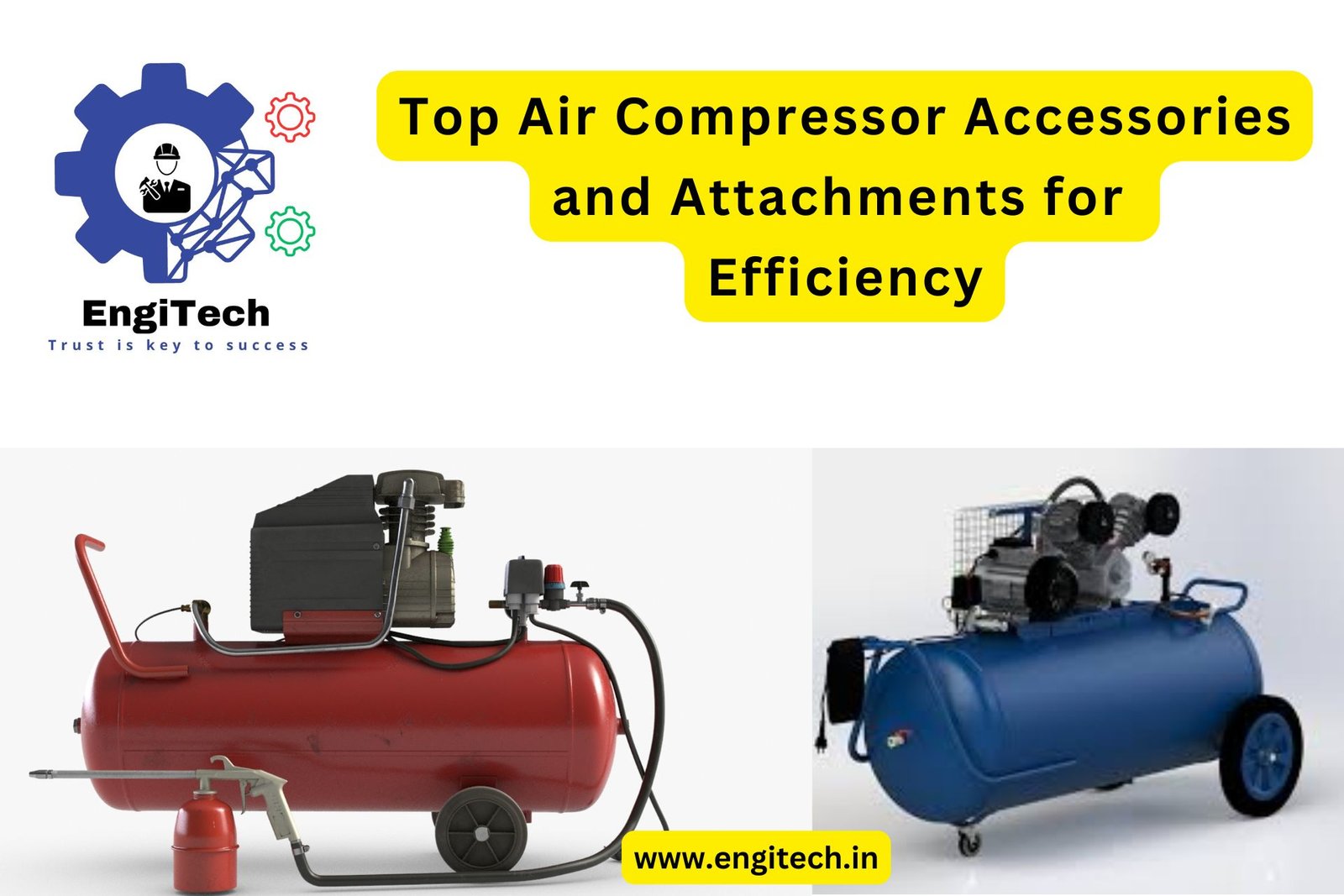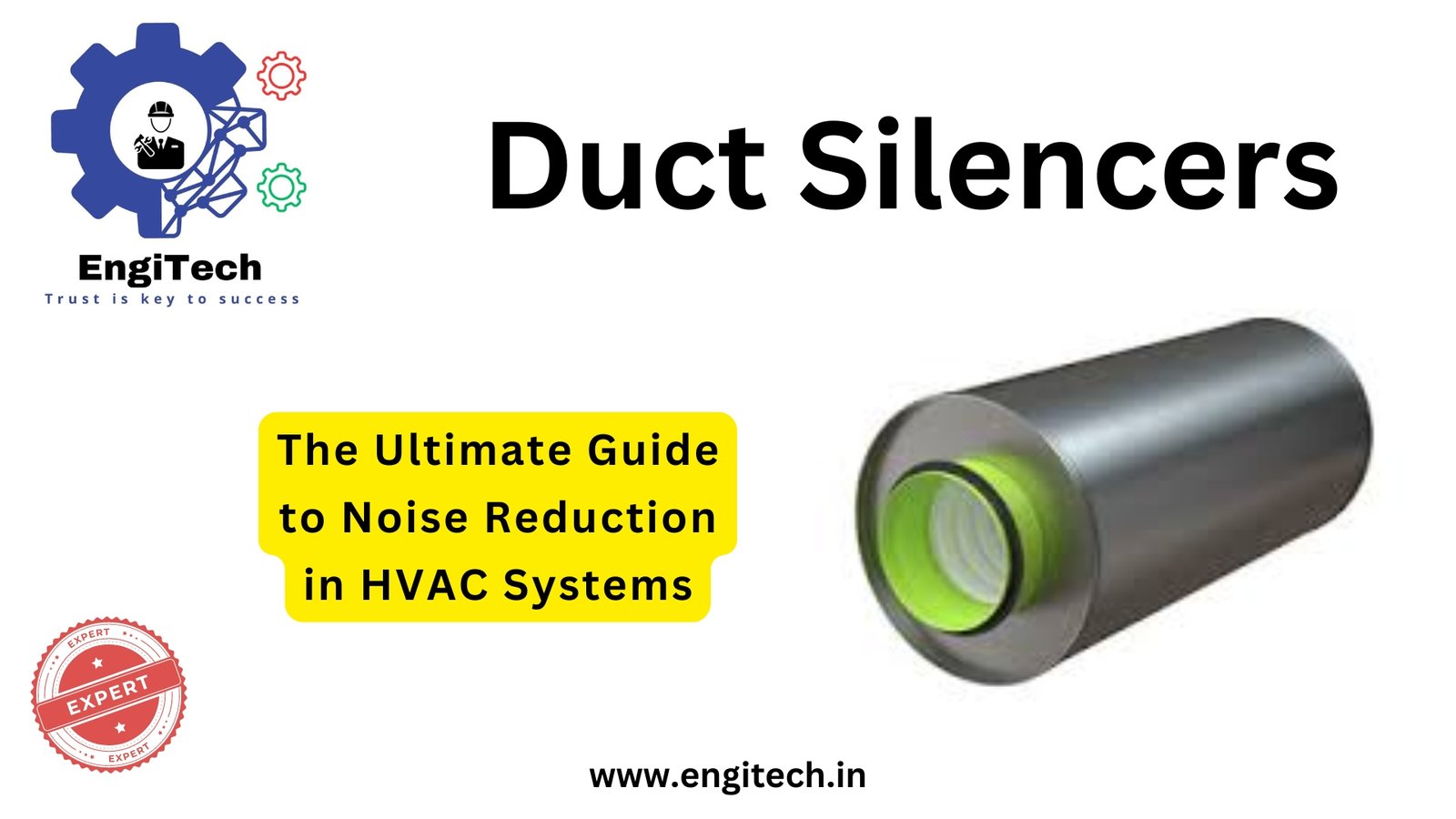Vertical Air Handling Units: A Comprehensive Guide to Their Importance, Types, and Applications

In today’s rapidly evolving industrial and commercial environment, the need for efficient and reliable HVAC systems is more crucial than ever. One key component in maintaining optimal indoor air quality (IAQ) and regulating temperature in commercial, industrial, and residential spaces is the Vertical Air Handling Unit (VAHU). These units are engineered to offer better performance in areas where horizontal placement isn’t feasible, making them a top choice for space-constrained settings.
This blog post provides an in-depth understanding of vertical air handling units, breaking down their structure, functions, applications, and types. Additionally, we’ll guide you on selecting the ideal VAHU for your facility and offer tips on maximizing efficiency.
Table of Contents
What is a Vertical Air Handling Unit?
A vertical air handling unit (VAHU) is a specialized part of an HVAC system designed to regulate and circulate air. VAHUs are vertically installed and are suitable for tight spaces, providing flexibility where traditional horizontal air handling units cannot be installed.
These units perform several crucial functions, such as:
- Air Filtration: Ensures that indoor air is free of dust, allergens, and other airborne contaminants.
- Temperature Control: Maintains the desired temperature by either cooling or heating the circulated air.
- Humidity Regulation: Helps maintain an optimal indoor environment by controlling humidity levels.
- Air Circulation: Distributes filtered and conditioned air throughout the building.
Their compact, vertical design allows for installation in locations such as mechanical rooms, utility closets, or even directly on walls, where space is limited.
Why Choose Vertical Air Handling Units?
Vertical air handling units offer several benefits that make them indispensable for specific applications. These advantages include:
- Space Efficiency: Ideal for buildings where floor space is limited or the layout prevents the use of horizontal air handlers.
- Versatility: These units can be customized to meet specific requirements for various building types.
- Energy Efficiency: Modern VAHUs are equipped with energy-efficient components such as variable frequency drives (VFDs), which help reduce energy consumption.
- Better Air Quality: With advanced filtration systems, VAHUs ensure clean, fresh air, helping maintain a healthy environment.
Components of a Vertical Air Handling Unit
Before diving into the types and applications of vertical air handling units, let’s take a closer look at their essential components. These parts work together to deliver optimal air quality and climate control:
- Fans:
- Typically, centrifugal fans are used in VAHUs for air circulation. They ensure a steady flow of air through the ductwork.
- Coils:
- Coils serve as heat exchangers, either heating or cooling the air. The two main types of coils are chilled water coils for cooling and hot water/steam coils for heating.
- Filters:
- High-efficiency particulate air (HEPA) filters, carbon filters, or UV filters remove contaminants, dust, and allergens from the air.
- Dampers:
- Used to regulate airflow, dampers control the amount of air that moves through the system. This helps maintain the desired climate in different zones of a building.
- Humidifiers/Dehumidifiers:
- Depending on the climate needs of the space, VAHUs can be equipped with devices to regulate indoor humidity levels.
- Control Systems:
- Modern units come with advanced digital control systems that allow building managers to monitor and adjust airflow, temperature, and humidity.
Types of Vertical Air Handling Units
Different types of VAHUs serve varying needs. The following classifications are based on capacity, functionality, and application:
1. Single-Zone Vertical Air Handling Units
- These units provide climate control to a specific area or zone. They are ideal for small spaces such as retail stores, offices, and apartments. Their simple design offers ease of installation and maintenance.
2. Multi-Zone Vertical Air Handling Units
- Multi-zone units can regulate the temperature in multiple spaces or rooms. They come equipped with dampers and separate air handling mechanisms for each zone. These units are commonly used in larger commercial and industrial buildings.
3. Packaged Vertical Air Handling Units
- Packaged units integrate all HVAC components (fans, coils, filters) into one self-contained system. They are perfect for rooftop or outdoor installations where indoor space is limited.
4. Custom Vertical Air Handling Units
- Designed to meet the specific needs of specialized applications such as cleanrooms, hospitals, or data centers, custom VAHUs are built to exact specifications. They may include specialized filtration systems, humidity control, or enhanced insulation.
Applications of Vertical Air Handling Units
Vertical air handling units are versatile and serve multiple industries. Below are some common applications:
1. Commercial Buildings
- VAHUs are widely used in office buildings, shopping malls, and other commercial spaces where floor space is at a premium. Their compact design makes them ideal for utility closets or other confined spaces.
2. Healthcare Facilities
- In hospitals and clinics, maintaining indoor air quality is crucial for patient safety. VAHUs equipped with HEPA filters and UV light systems are effective in reducing airborne pathogens.
3. Manufacturing Plants
- Industrial facilities often require robust HVAC systems to manage indoor air quality, especially where pollutants, dust, or fumes are present. VAHUs can be tailored to meet these needs with enhanced filtration and ventilation.
4. Educational Institutions
- Schools and universities benefit from the energy efficiency and space-saving properties of vertical air handling units, ensuring clean, conditioned air for classrooms and lecture halls.
5. Residential Complexes
- Multi-story apartment buildings and condominiums often use VAHUs for centralized air handling, offering a compact, efficient solution for maintaining comfortable indoor environments.
How to Choose the Right Vertical Air Handling Unit
Selecting the right vertical air handling unit depends on several factors, including the size of the space, airflow requirements, and energy efficiency goals. Here are key considerations when choosing a VAHU:
- Capacity and Size:
- Ensure the unit can handle the airflow (measured in cubic feet per minute or CFM) required for your space.
- Filtration Requirements:
- Depending on the building’s air quality needs, choose filters that meet HEPA or other specific standards.
- Energy Efficiency:
- Opt for models with energy-efficient components such as variable frequency drives (VFDs) and energy recovery ventilators (ERVs) to reduce operating costs.
- Control Systems:
- Look for units with advanced digital control systems that allow you to monitor and optimize performance remotely.
- Maintenance Needs:
- Choose a VAHU that allows easy access to components for regular cleaning and maintenance.
Maintenance Tips for Vertical Air Handling Units
Proper maintenance is crucial to ensuring the efficiency and longevity of your VAHU. Here are some best practices for maintaining these units:
- Regular Filter Replacement:
- Clogged filters reduce airflow and strain the unit. Replace filters regularly to maintain efficiency.
- Inspect Coils and Fans:
- Dust and debris can accumulate on coils and fans, reducing the unit’s effectiveness. Clean these components periodically.
- Monitor Airflow and Temperature Settings:
- Ensure the system is calibrated to maintain the desired indoor climate. Check airflow and temperature settings at least once a month.
- Schedule Professional Inspections:
- It’s wise to schedule annual or bi-annual inspections by a qualified technician to identify any potential issues early.
FAQs about Vertical Air Handling Units
let’s address some frequently asked questions.
Q1: What are the benefits of using a vertical air handling unit?
- Vertical air handling units save space, provide energy-efficient climate control, and offer flexibility for tight installations. Their advanced filtration systems also help improve indoor air quality.
Q2: Can vertical air handling units be customized?
- Yes, VAHUs can be customized to meet specific needs, including airflow, temperature, and humidity requirements, making them ideal for specialized applications like hospitals or cleanrooms.
Q3: How often should a VAHU be serviced?
- It’s recommended to service the unit every six months to a year, depending on the usage intensity and environment. Regular filter changes and cleaning of coils and fans can help maintain optimal performance.
Conclusion: Why Vertical Air Handling Units Are Essential for Modern HVAC Systems
Vertical air handling units are an essential component in modern HVAC systems, offering unmatched flexibility, energy efficiency, and superior air quality. Whether in commercial, industrial, or residential settings, VAHUs provide a reliable solution for maintaining comfortable and healthy indoor environments.
By choosing the right unit for your application and adhering to proper maintenance practices, you can significantly enhance the performance and longevity of your HVAC system. As demand for space-saving and energy-efficient solutions increases, vertical air handling units are becoming a go-to option for many facilities.
Call to Action:
For more insights and expert advice on vertical air handling units and other industrial engineering solutions, explore our comprehensive resources at EngiTech. Stay updated on the latest innovations and practical applications in HVAC technology. Let’s help you build better, more efficient systems.


